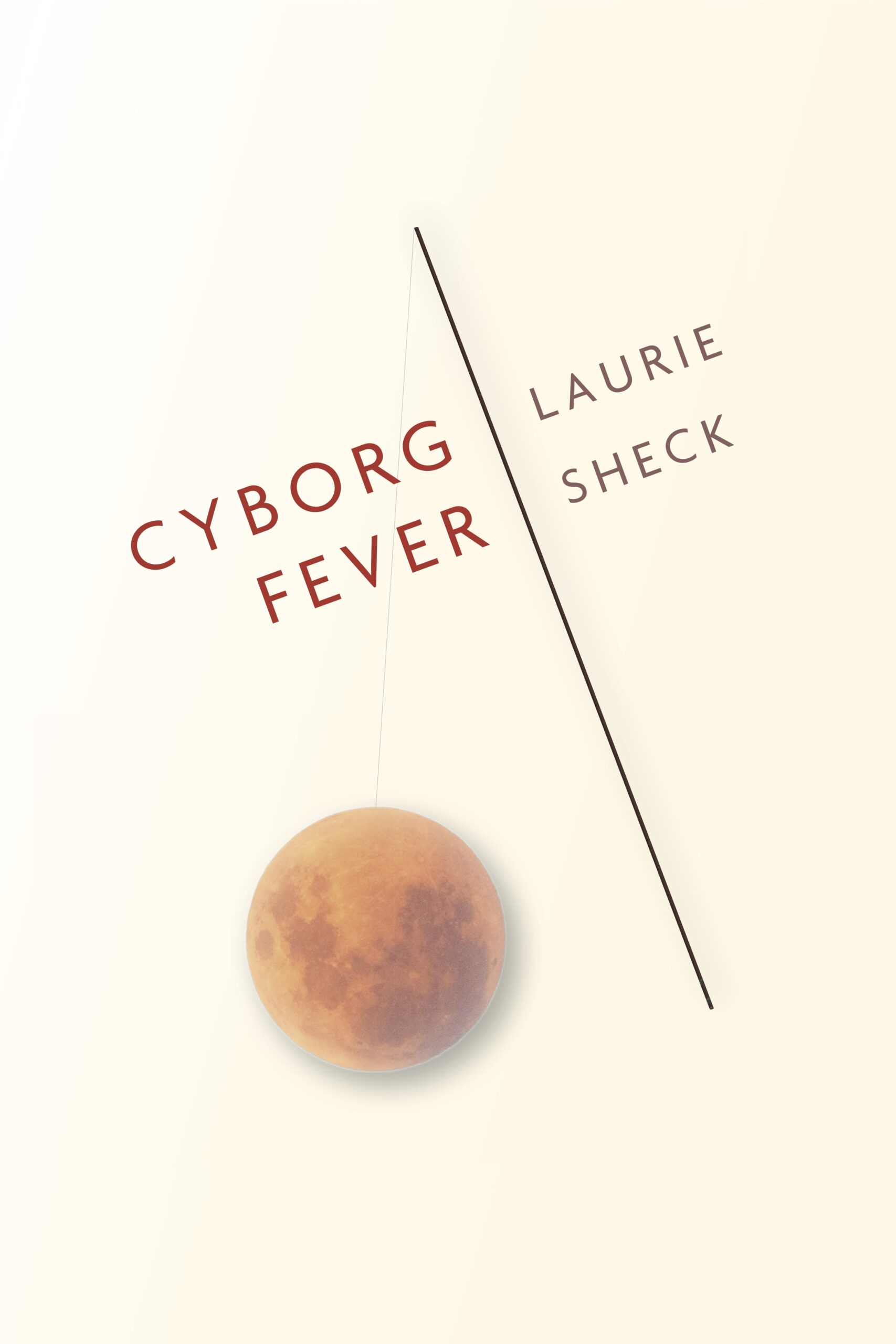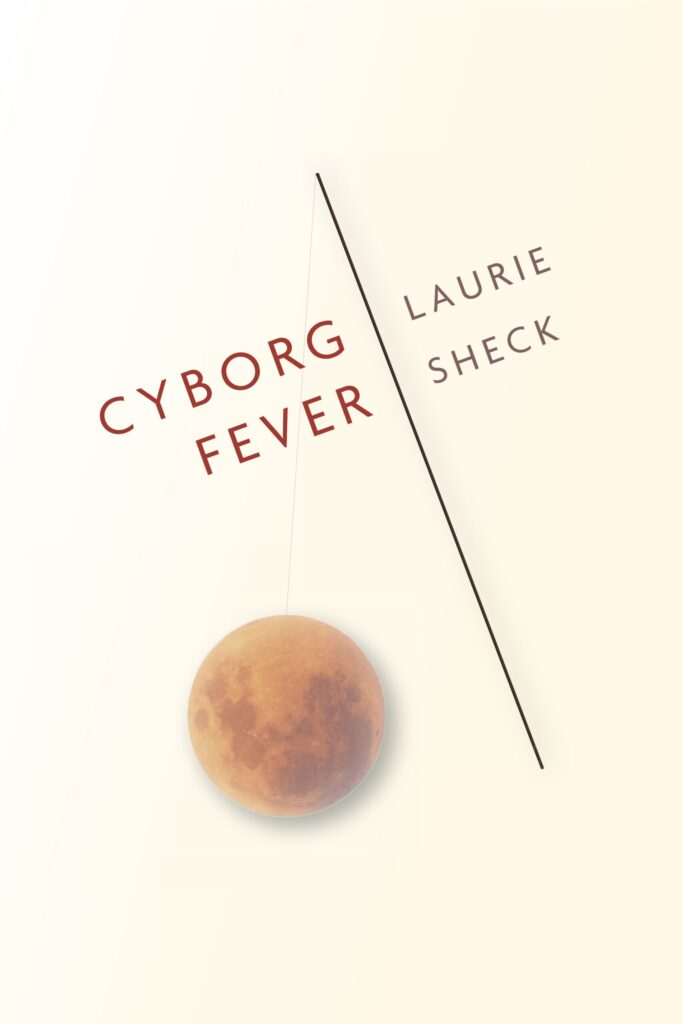It took three tries for me to actually find my footing with Cyborg Fever (coming June 1, 2025, by Tupelo Press). I was new to Laurie Sheck when I started this – I understood she is a renowned poet and thinker, but I’d never read anything by or about her. The book has an unconventional structure and is thick with historical and literary references, which challenged me hard the first two times I cracked the spine. Then one night when I was in a quiet hotel room for work, well-caffeinated with time to kill, I thought back to Janan Ganesh’s Rules of Reading and decided that I’d give it a serious, dedicated go.
I finished it in one sitting, and started it again the next day. This book has dozens of big ideas in it, a hundred questions and no answers. It’s a hazy, dreamlike inquiry into the nature of humanity and transhumanism. And, as with any serious philosophical pursuit, the X-Men play a key role.
It’s a story told by Erwin, an orphan named after physicist Erwin Schrödinger, who, after a traumatic illness and a long, difficult fever, embarks on weird, hallucinatory journeys through the realms of science, technology, and existence itself. The book is structured as a series of fragmented, often one-sided conversations and dreamlike sequences, blending scientific fact, literary allusion, and speculative fiction.
Erwin begins by watching a character named Funes (from the Borges story “Funes the Memorious“) do research on his computer. It’s unclear whether Funes and Erwin are in the same plane of reality, or truly whether Funes is anything more than part of Erwin’s fever dream. Erwin draws us deep into scientific and literary history, with appearances by Heisenberg and Einstein, Carlo Rovelli and Jorge Luis Borges. It’s reminiscent of Benjamin Labatut’s books, weaving historical figures into a modern narrative.
The second section is a series of one-sided conversations with Sister Gudrun, who cared for him in the orphanage, the single close relationship that Edwin had as a child. She betrayed him in ways we know about and ways we don’t. It’s in this section where the themes of the book begin to converge, touching on genetic modification, technological augmentation and the loss of humanity.
There’s a long series of encounters with an unnamed cyborg who describes to Erwin a series of dreams of his own, involving Professor Xavier, Weapon X and Deadpool of the X-Men comic universe. It questions the nature of humanity – and whether we’re already deep into cyborg territory. It made me think of a video essay be CJ the X about Jeff Bezos, Bo Burnham and technology from back in the lockdown days, in which CJ articulates how young people today are already cyborgs, and how the traditional ways we think of separating human from machine are already outdated.[efn_notes]Seriously, that video changed the way I see the world. Watch it.[/efn_notes]
Cyborg Fever is a novel of ideas, in the model of Calvino’s Invisible Cities. There are sections that demand slow, close reading, and there are fleeting fragments of ideas that linger long after the book has been closed. It’s emotionally draining, even though there may not be a single, living, fully human character in the book (though there’s a heartbreaking interlude involving Laika, the Russian space dog). It’s thought-provoking and occasionally baffling. It’s going to get a third, and probably fourth reading, because I’m not sure that two were enough to tease out all of the ideas that Scheck has instilled in these pages.









